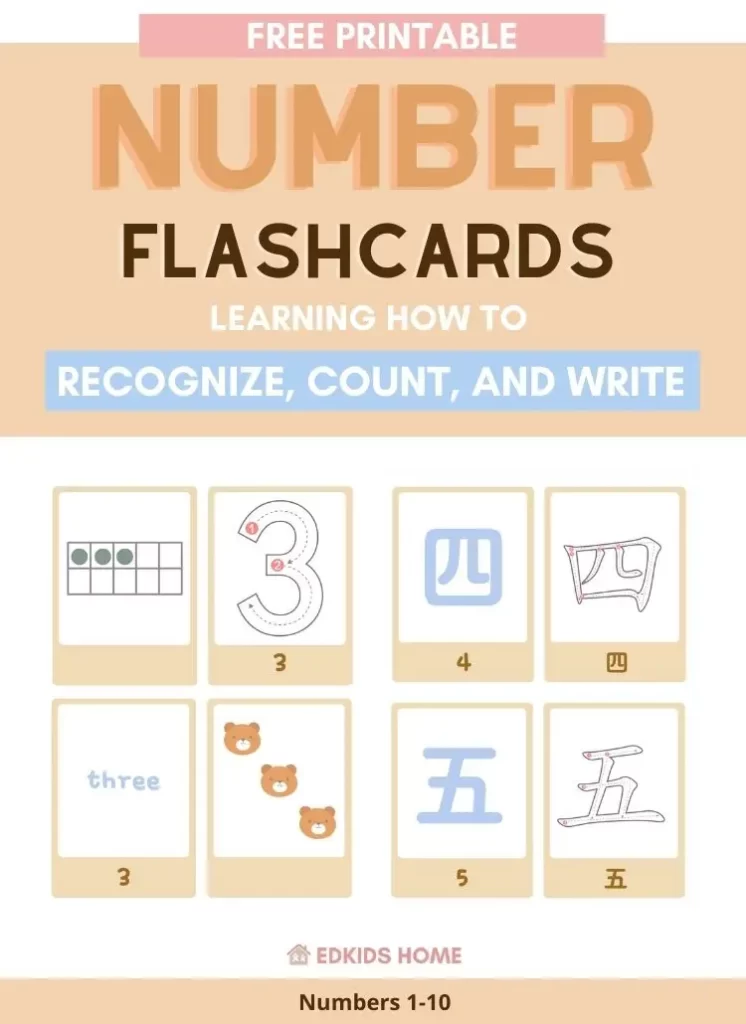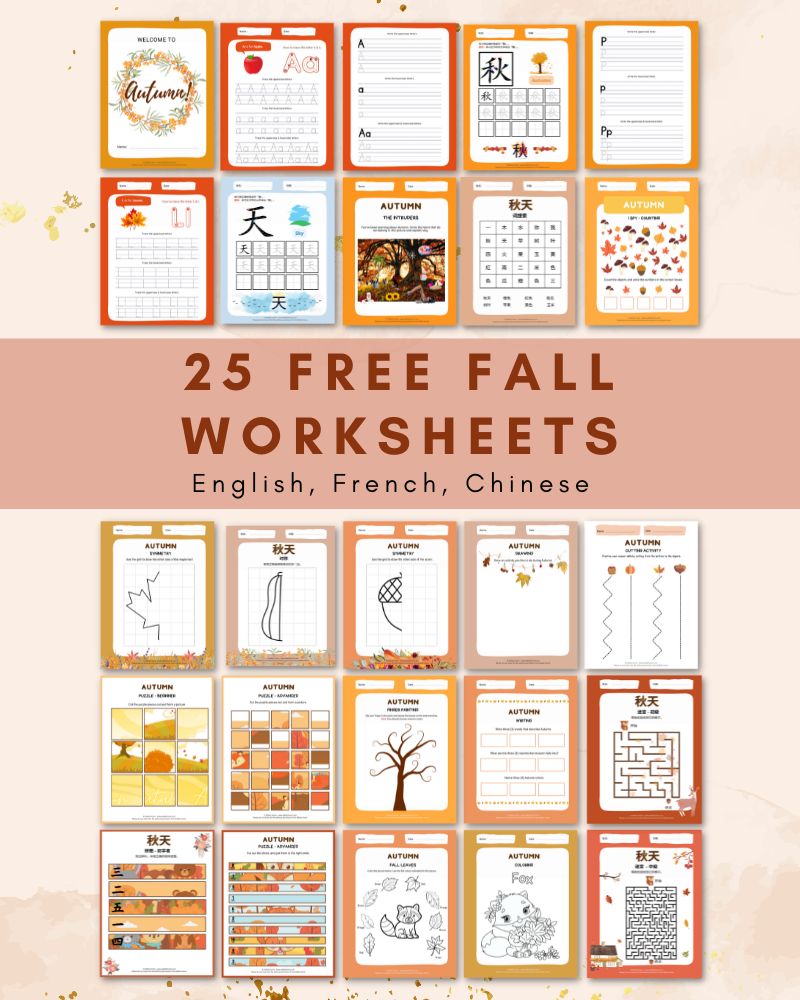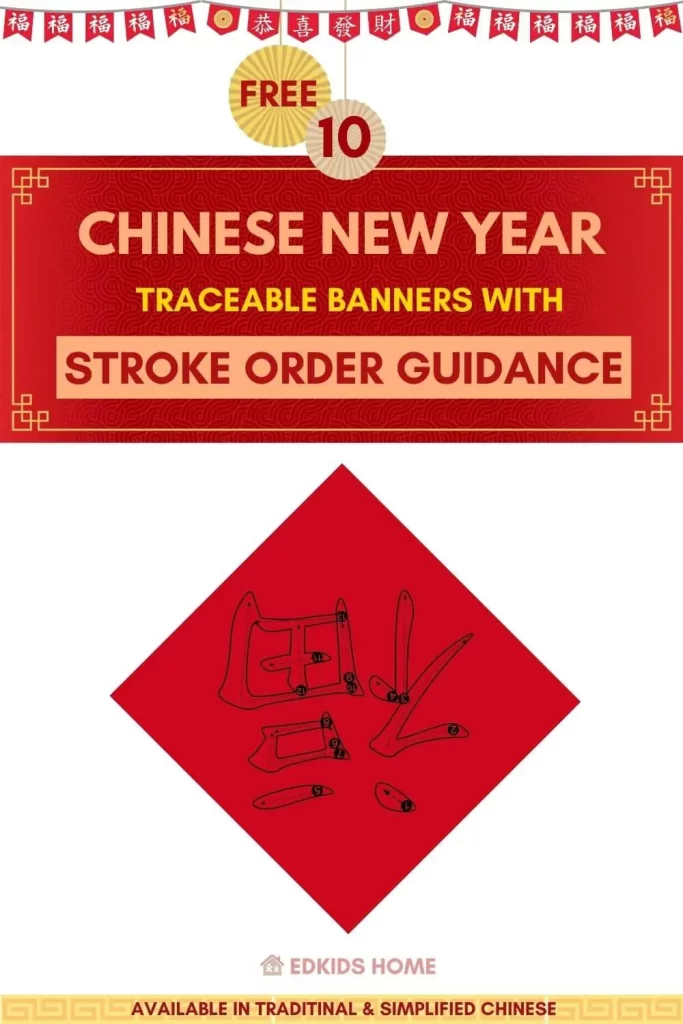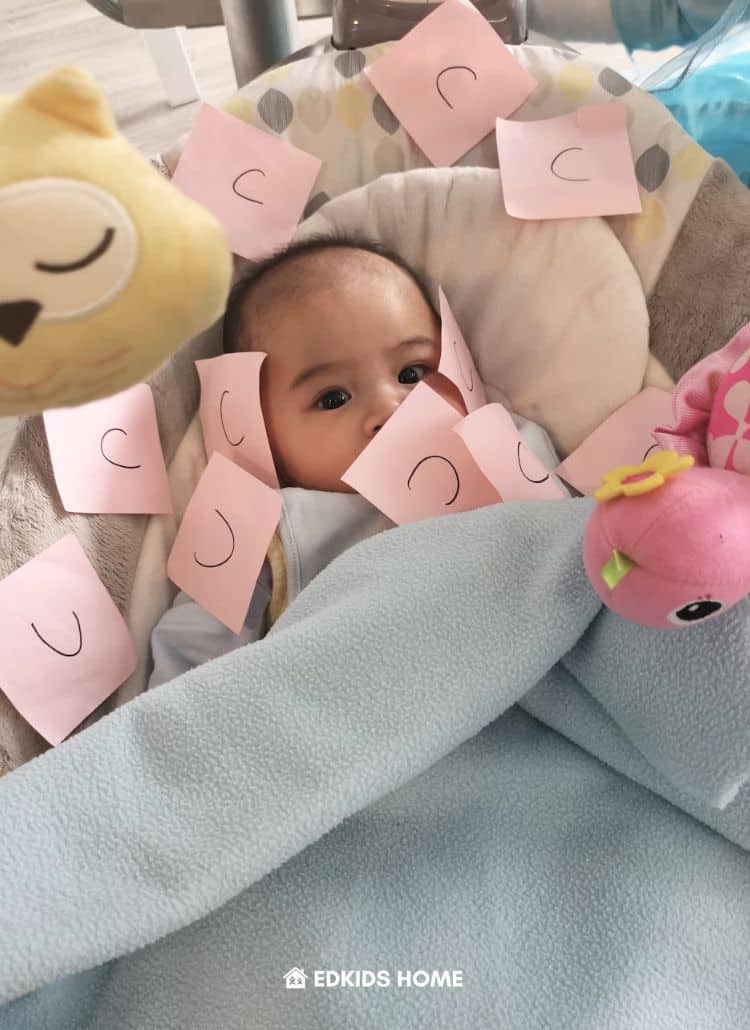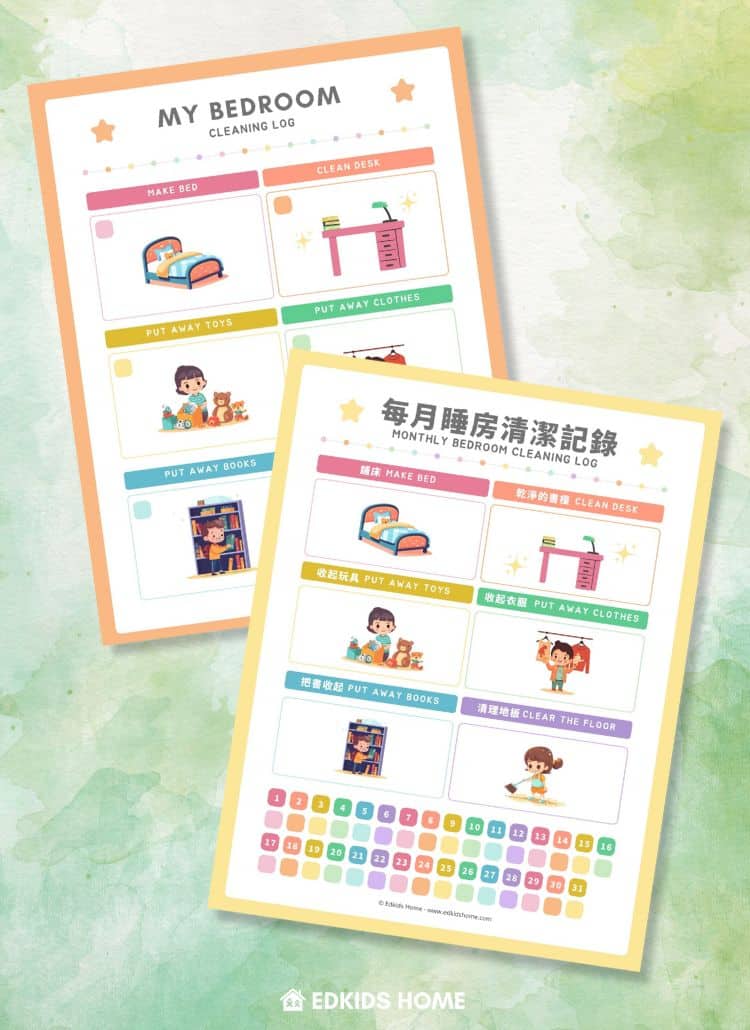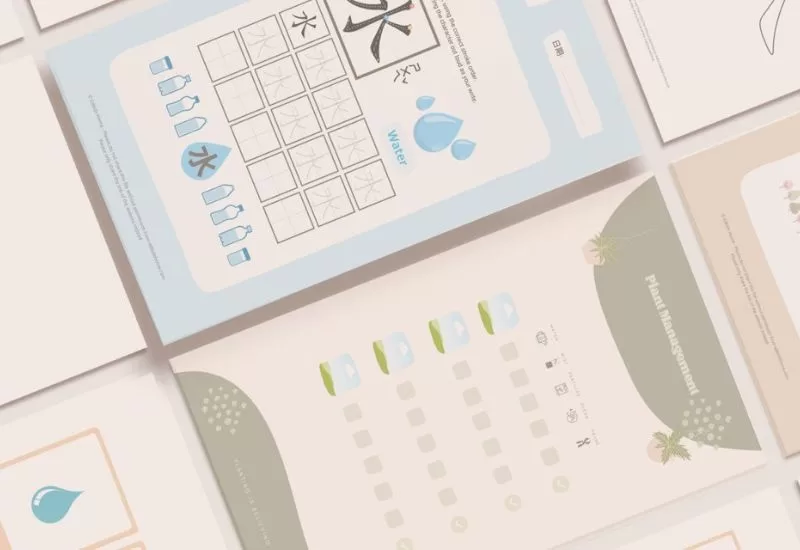
Q-tip painting is a fun and creative way to introduce your kids to Chinese writing. This activity combines art and language learning, allowing kids to explore the unique strokes of Chinese characters while developing their fine motor skills and creativity.
With the help of q-tips, paints, and paper, you can give your kids a hands-on experience with Chinese writing that will leave them feeling inspired.
In this article, we’ll provide tips on how to get started introducing Chinese writing through q-tip painting activities for kids.
To ensure that my children (3 and 6 years old) are able to enjoy writing Chinese characters, I have chosen this q-tip painting activity for them instead of the conventional black-and-white worksheets.
I knew my kids would like this because they both love painting!
When I provide my kids fun ways to write Chinese, it helps them feel more enjoyable and confident.
This means that, when it is time to use regular tracing worksheets, the kids will have had practice with these activities and will be comfortable doing them!
*Note* This activity is inspired by “Playing Preschool” – by Busy Toddler.
Materials:

Preparation:
- Get a big tray to help reduce the mess when you are painting. This is where your child will do the q-tip painting activity.
- Place a piece of paper on the tray.
- Pour some paint into a container and place it on the tray.
- Get some q-tips and place them on the tray.
Present:
- Showcase the materials to your child.
- Decide which Chinese character you would like your child to write.
Ensure you know the proper strokes of the Chinese characters you have written on the paper.
(Here are the sources for checking the correct stroke order: Traditional Chinese / Simplified Chinese - Demonstrate how to write each character using a pencil to your child.
- Ask your child to use a q-tip to paint over the pencil lines.
*Note* There are 2 ways to paint over the pencil lines:
- Trace the pencil lines using a q-tip like a paintbrush, or
- Dot over the pencil lines.
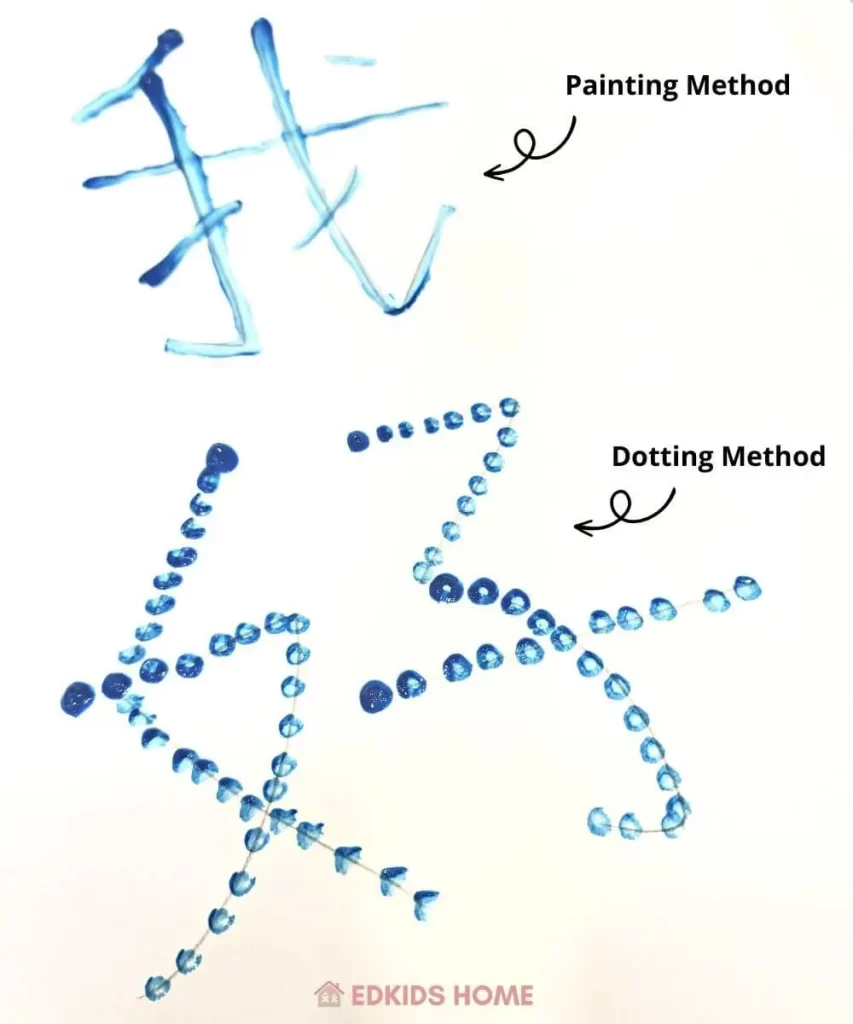
How is Q-Tip Painting Developmentally Appropriate?
Q-tip painting is great for helping kids develop a strong foundation in Chinese writing because it encourages them to explore their natural curiosity and creativity.
Kids won’t realize that they are actually practicing handwriting and forming characters, as the process is disguised by the fun of mixing colors, making pictures, and decorating paper.
The q-tip helps provide chunky feedback, which is essential for kids as they form characters.
The feel of the q-tip on paper gives them a tactile experience that is missing with tracing worksheets.
Depending on the age of your children, you may also opt to use paint brushes instead of q-tips in order to give them a more-advanced writing experience.
With q-tip painting, it’s all about having fun while learning the basics of Chinese handwriting.
By providing your kids with this creative and enjoyable way to practice Chinese writing, they will be able to make meaningful connections between languages and art – something that will stay with them for life!
At the end of this activity, not only will your kids have had a blast, but they’ll also have improved their fine motor skills and gained a deeper understanding of Chinese writing.
Other Q-tip Painting Resources:
If your kids enjoyed this q-tip activity, you can try out these q-tip painting activities as well.
- Fine Motor Practice With Q-Tip Prewriting Printables – 3 Dinosaurs
- Free Printable Q-Tip Colouring Templates – The Craft At Home Family
- Spring Tree Q-Tip Painting – Free Printable Craft Activity for Kids – Our Life in the Shire
For more kids' Chinese writing resources:
Conclusion: Chinese Writing for Kids (Q-tip Painting)
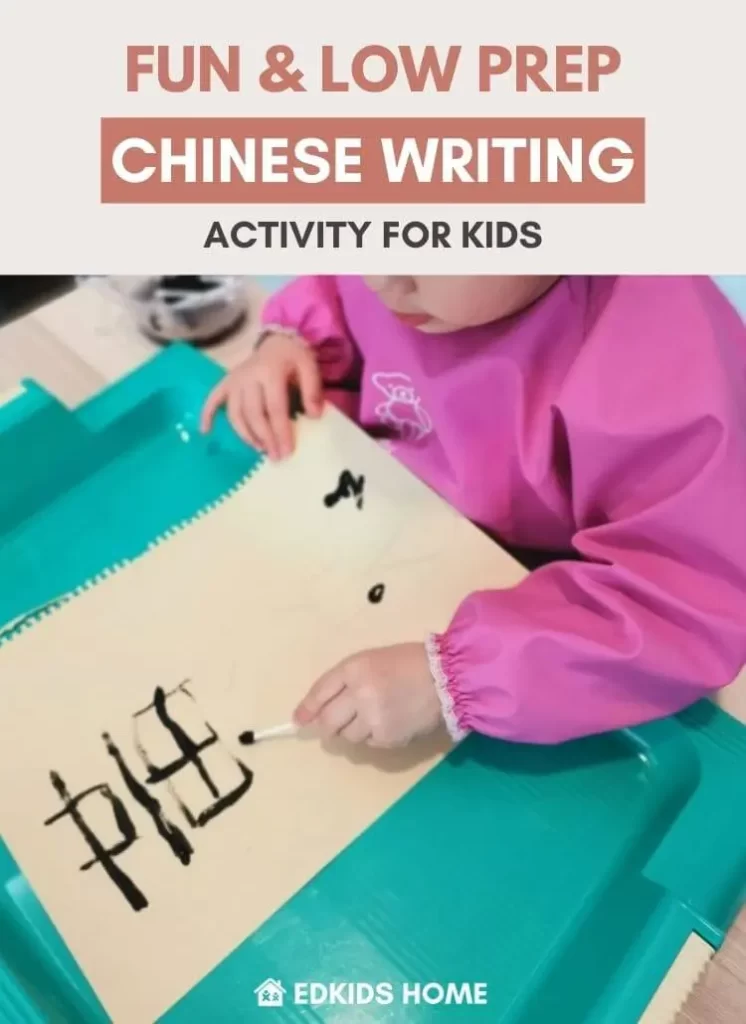
Q-tip painting is a fun and creative way to introduce your kids to Chinese writing.
It combines art, language learning, and fine motor skills in one activity that will leave them feeling inspired.
With the right materials, preparations, and guidance from you as their teacher or parent, they can have an enjoyable experience with Chinese characters while developing their confidence at the same time.
Encourage your child to keep practicing by providing them with regular tracing worksheets after q-tip painting activities for kids so they can continue mastering the strokes of Chinese characters. If you try this activity, please let us know what you think in the comments below! Thanks for learning with us!
